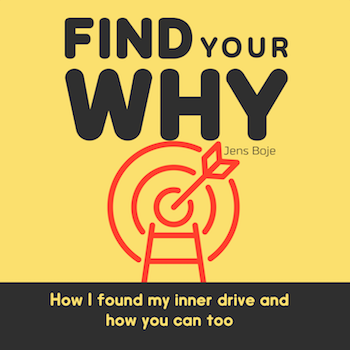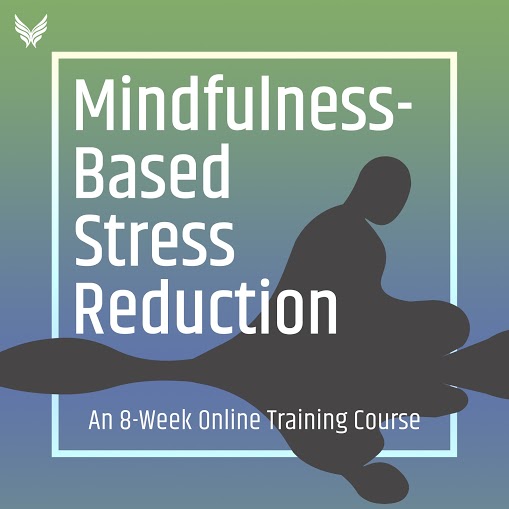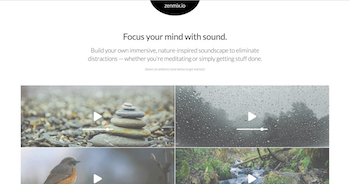How Mindfulness And Bullet Journaling Is Connected
thank you all for writing in. We collected your feedback and wrote a short introduction with your tips on bullet journaling and also see how it is related to mindfulness. Let’s start :-)
A bullet journal is a regular notebook with tons of empty pages. Yes, that’s right, no kidding! Armm so, how is this regular notebook with empty pages going to help me with my mindfulness practice?
Here’s how - The essence of mindfulness can be described as - raising your awareness to a pitch so that your life can be better organized in every way possible. When your moment-to-moment awareness rises, you get equipped with the superpower of being able to manage your thoughts, emotions, and actions CONSCIOUSLY and not accidentally!
What is a Bullet Journal, Really?
And to reach this state of awareness, there are so many tools and techniques which you can make use of. Besides your daily meditation, breathwork, and affirmations, you can use tools like a bullet journal to keep track of things in a much more systematic manner. A bullet journal allows you to keep track of things you’ve done, things you need to do at present, and the things which you need to plan for your future.
How’s Mindfulness and Bullet Journaling Connected?
A bullet journal is a mindfulness practice that’s disguised as a productivity mechanism. It’s the kind of system that’s flexible enough to handle anything you throw at it, depending on the situation you are in, and at the same time, simple enough that you won’t get entangled in it.
It serves as a timeline of sorts. You can turn those pages to look back on what decisions you made, and why you made them and how they turned out for you eventually. This could reveal so many things you weren’t aware of about your own unconscious thoughts, emotions, and actions.
How to Use a Bullet Journal?
The best part about bullet journaling is - that since all the pages are completely empty, you have the freedom of designing the journal whichever way you want. But we’d still suggest you follow the 3-4 basics of bullet journaling including - creating an index at the beginning with page numbers and everything, then assigning the keys or the signifiers such as dots for the tasks, triangles for the events, hash signs for notes, hearts for random poetry, etc.
This can be followed by a future log for the next 6-12 months where you need to mention what your main goals, events, or tasks are for those months. You don’t need to decide what these goals or events are when you start your journal. You can fill these columns later on, but just make sure you have such a column in your journal after the index as it’ll make it a lot easier to navigate through in the future. This can be followed by a monthly log and then a daily log.
3 Pro Tips for the Beginners
Tip 1 - Add your email address or phone number (or both) on the first page or the last page of the journal with a note such as - “Please return this journal if I ever lose it. This is how to contact me. I’ll take you out for coffee, I promise!”
Tip 2 - Use stickers, colored tapes, glitter, and whatnot, to make your pages as colorful and fun as you’d like.
Tip 3 - You can even assign colors to demonstrate what mood you were in on any particular day or week, for example - yellow for happiness, red for stress, etc. You can create bucket lists - books to read, movies to watch, places to visit, etc. You can even create a sub-section to rate these books and movies as well.
Within a few weeks, you’ll get a hang of it. If you are particularly creative, you might even get addicted!
Have fun, journaling!







